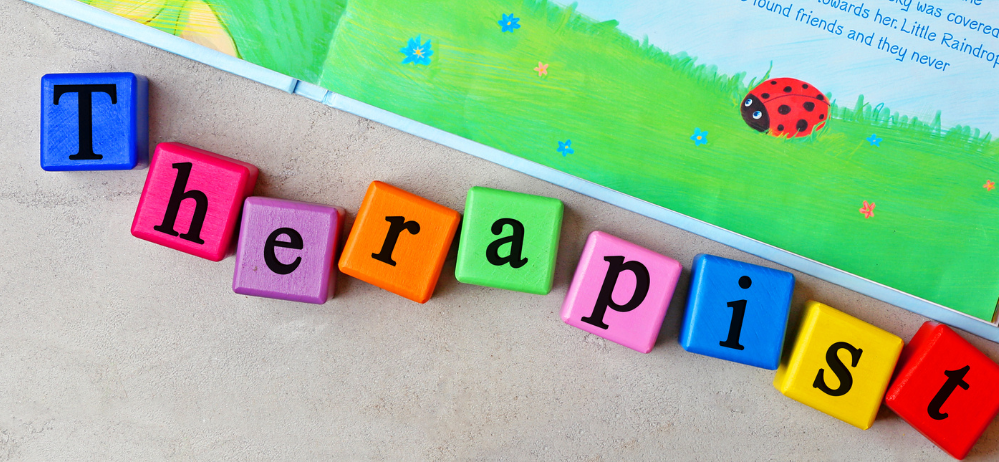A comprehensive guide to choosing between Coaching and Therapy for your life’s needs

In recent years, mental wellness and personal development have gained significant traction. More individuals are seeking help to navigate challenges, reach goals, and improve their lives. However, a common question many face is whether to seek coaching or therapy. Although they share some similarities, coaching and therapy are two distinct approaches designed for different purposes. Understanding their differences can help you determine which one best suits your needs.
What is Coaching?
Coaching is a forward-focused, goal-oriented approach that helps individuals achieve personal and professional success. Coaches work with clients to identify their strengths, set actionable goals, and overcome obstacles that might hinder their progress.
Key elements of coaching:
- Focuses on future goals and personal/professional growth.
- Helps clients identify their strengths and weaknesses to achieve goals.
- Coaches are not therapists; they guide you in areas such as career growth, life transitions, or personal achievements.
- Coaching often takes place over a short-term period but can also be extended depending on the goals.
One of the unique aspects of coaching is its collaborative and action-driven nature. It’s about unlocking your potential and working towards tangible outcomes.
What is Therapy?
Therapy, or psychotherapy, is a treatment focused on diagnosing and addressing mental health disorders, emotional distress, and behavioral problems. Therapists are trained and licensed to provide clinical interventions that help clients manage anxiety, depression, trauma, and other psychological conditions.
Key elements of therapy:
- Therapy tends to be retrospective, examining past events, relationships, and trauma to understand the root causes of current issues.
- It focuses on healing, mental health management, and emotional well-being.
- Licensed therapists are qualified to diagnose and treat conditions like depression, anxiety disorders, and PTSD.
- Therapy can be a long-term process, depending on the individual's needs.
Therapy is an invaluable tool for those looking to improve their mental health or process traumatic experiences. The American Psychological Association highlights the importance of therapy for mental health and emotional healing.
The Key Differences Between Coaching and Therapy
While both coaching and therapy aim to help people improve their lives, they take very different approaches:
- Focus on the Present vs. the Past
- Coaching focuses on your present circumstances and how to move forward to achieve specific goals.
- Therapy delves into past experiences, emotional trauma, and mental health conditions to heal and understand current behaviors.
- Goal-Oriented vs. Healing-Oriented
- Coaching is about reaching concrete outcomes, such as improving work performance, personal relationships, or confidence.
- Therapy seeks to address emotional wounds, mental health disorders, and behavioral issues through structured interventions.
- Qualifications
- Coaches don’t need formal clinical training, although many have certifications in their specialty areas.
- Therapists are licensed mental health professionals trained to diagnose and treat psychological conditions.
- Short-Term vs. Long-Term
- Coaching is often a short-term engagement designed to achieve specific objectives.
- Therapy can last longer, depending on the mental health issues being addressed, sometimes spanning months or even years.


How to Determine Which One You Need
The decision to choose coaching or therapy depends on your individual situation. Here are a few guidelines to help you determine what’s right for you:
- Opt for coaching if:
- You have clear goals in mind and want a strategy to achieve them.
- You feel stuck in your career, personal life, or relationships but do not have mental health concerns.
- You want to focus on self-improvement, productivity, or leadership skills.
- Opt for therapy if:
- You’re struggling with anxiety, depression, or other mental health conditions.
- You’ve experienced trauma, grief, or emotional pain that needs to be processed.
- Your everyday life is affected by overwhelming stress, emotional challenges, or behavioral issues.
Why Both Are Essential for Different Needs
While coaching and therapy serve different purposes, both play a vital role in helping individuals live more fulfilling lives. Some may start with therapy to address mental health concerns, and later transition to coaching to focus on personal growth and future success.
Similarly, some clients may benefit from combining both approaches—working on their mental health with a therapist while also setting goals and strategies with a coach. The important thing is understanding that both services are valuable in their own right and can be selected based on your needs.
The Role of a Coach in Personal Development
A coach can help you break through limitations, identify what’s holding you back, and push you towards success in areas like career advancement, fitness goals, or interpersonal relationships. Coaching is not about diagnosing mental health issues, but rather guiding clients in their pursuit of self-improvement. It’s an empowering process that encourages accountability and motivation.
The Importance of Therapy in Mental Health
Therapy is an essential component of mental health care. It helps individuals process trauma, develop coping mechanisms, and understand their emotional triggers. Therapy is often crucial for those who have experienced intense emotional or psychological distress.
For more information on how therapy can benefit mental health, explore this resource from Mental Health America.

Conclusion: Coaching vs. Therapy — Which is Best for You?
Both coaching and therapy offer valuable support depending on your circumstances. If you’re looking to heal from past trauma or manage mental health, therapy is likely the better option. If you’re focused on achieving future goals, overcoming personal barriers, or boosting your career, coaching may be the right choice. Understanding the distinctions between the two can guide you toward the most effective solution for your needs.











